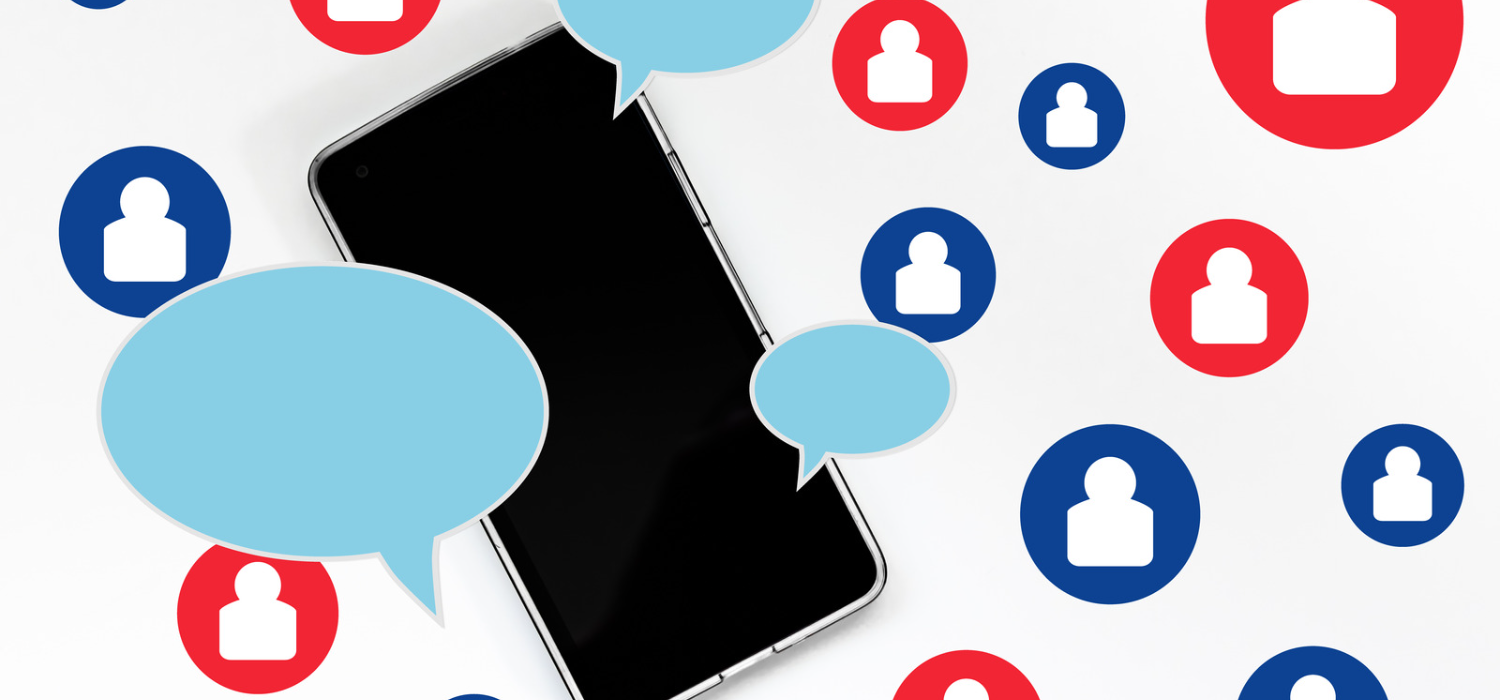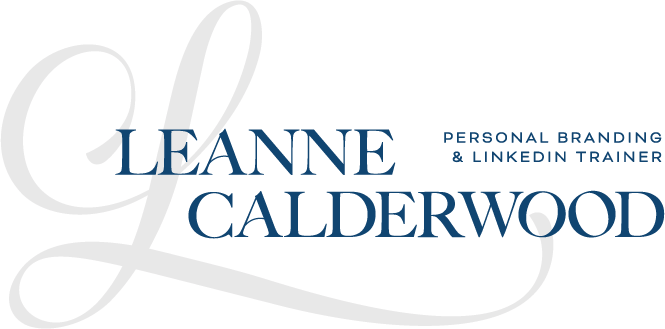In a world where the loudest voices often dominate, us introverts may find it challenging…

5 Best Practices for using LinkedIn’s Direct Messaging (DMs)
As the world’s largest professional networking platform, with over 900 million users worldwide, LinkedIn has become an essential tool for businesses and professionals to connect, share information, and find new opportunities. LinkedIn provides us with a great opportunity to connect one-on-one with fellow contacts through its Direct Messaging (DM) feature. LinkedIn’s Direct Messaging enables users to send private messages to other LinkedIn members in order to do business, send kudos, and express thought leadership.
But with great power comes great responsibility – the ability to message anyone directly on social media should not be taken lightly. There are ways for you to nurture the relationship through DMs and sure-fire ways to kill the relationship dead. Let’s explore how you can get the most out of this feature with some best practices, as well as share pitfalls to avoid, and the limitations of LinkedIn’s messaging feature.
What is LinkedIn Direct Messaging?
LinkedIn’s DM feature allows users to send private messages to other LinkedIn members. DMs can be sent to any first-degree connection, and users can also send messages to second-degree connections, members who share a group with them, and even members they don’t know yet, provided they have an open profile. LinkedIn DMs are an excellent tool for networking, building relationships, and fostering business partnerships. When used effectively, LinkedIn DMs can lead to new opportunities, including job offers, partnerships, and sales leads.
The ultimate goal of LinkedIn DMs is actually to move the conversation off of LinkedIn and into your email inbox, Zoom channel, or phone chats.
LinkedIn’s DM feature is designed for professional networking and building relationships, making it ideal for business communication. However, LinkedIn DMs are not always the best option for every situation. LinkedIn DMs are most effective when used to help with:
- Networking: LinkedIn is a platform designed for networking, so sending a message to a connection is an effective way to start building a professional relationship. Consider sending notes to:
- New connections, a quick hello
- People attending the same event you’re going to
- Thought leaders whom you respect and admire
- Business development: LinkedIn DMs are great for reaching out to potential clients, business partners, or investors as an introduction, but not to talk about the business itself. (see “pitfalls to avoid” below)
- Job hunting: LinkedIn DMs are an effective way to connect with recruiters or hiring managers and inquire about job opportunities.
- Following up after a meeting: After a conference or meeting, sending a message to your new connections can help you stay top of mind and continue to build a relationship.
- Research: LinkedIn DMs can be used to ask for advice or insights from professionals in your industry.
- Notes of congratulations – sending kudos to your connections via LinkedIn DMs is a great way to set yourself apart from all those who engage in their content. Consider sending a note when they:
- Get a new job
- Obtain a new certification
- Receive an award
While LinkedIn DMs can be an effective tool for professional networking, you may want to refrain from using DMs in the following situations:
- Connecting with colleagues – your internal communication systems like Slack and MS Teams may be a better fit for team communications. LinkedIn’s DM features are limited and won’t aid in keeping your team organized.
- Someone outside of your network – a “cold” DM is rarely appreciated; consider a different approach if you are not connected with them on LinkedIn.
LinkedIn’s Direct Messaging feature is not a replacement for face-to-face communication or other forms of communication, such as email or phone calls. It’s important to use LinkedIn’s Direct Messaging feature as a supplement to other forms of communication and to use it strategically to build and nurture professional relationships.
LinkedIn’s DM feature has the ability to set you apart from everyone else on the platform, let’s ensure you’re being set apart for the right reasons.
- Personalize your message: When connecting with someone via an invitation to connect, or reaching out via the DMs, make sure to personalize your message by referencing their profile, their online activity, or their recent accomplishment or accolade. This will help you stand out and make a good impression.
- Keep it concise: Keep your message short and to the point. Long, rambling messages are less likely to be read and can come across as unprofessional.
- Be professional: LinkedIn is a professional networking platform; consider your tone (and your audience) with your LinkedIn DMs. Having a more casual tone will work with people you know well stick to good grammar and punctuation if you’re still getting to know your connection.
- Be clear about your intent: Make sure that your message is clear about your intent. Whether you’re reaching out to network, inquire about job opportunities, or ask for advice, be clear about what you’re hoping to achieve.
- Follow up: If you don’t receive a response to your initial message, don’t be discouraged. Follow up politely after a week or so to see if the person has had a chance to read your message.
When using LinkedIn’s Direct Messaging feature to connect with clients and prospects, there are a few pitfalls to avoid. Here are some of the most common mistakes to watch out for:
- Sending generic messages: One of the biggest mistakes people make is sending generic messages to prospects and clients. Avoid sending messages like “Hi, I’d like to connect with you” or “I’m interested in your business”. Instead, take the time to personalize your message and show that you have a genuine interest in the person you’re reaching out to. This will help you stand out and increase the chances of getting a response.
- Over-selling: While LinkedIn is a great platform for business development, it’s important to remember that it’s also a social network. Avoid sending sales pitches or coming across as too aggressive. Instead, focus on building a relationship and providing value to the person you’re connecting with.
- Being too casual: While it’s important to be personable and approachable, it’s also important to maintain a professional tone when using LinkedIn’s Direct Messaging feature. Avoid using slang or emojis, and make sure your message is grammatically correct.
- Not doing your research: Before reaching out to a prospect or client, take the time to research their company and their background. This will help you tailor your message to their specific needs and interests, and show that you have a genuine interest in their business.
- Forgetting to follow up: If you don’t receive a response to your initial message, don’t give up. Follow up politely after a week or so to see if the person has had a chance to read your message. This can help you stay top of mind and increase the chances of getting a response.
LinkedIn’s Direct Messaging feature can be a powerful tool for building and nurturing professional relationships. By personalizing your messages, maintaining a professional tone, and avoiding common pitfalls, you can increase the chances of getting a response and building meaningful connections on the platform.



